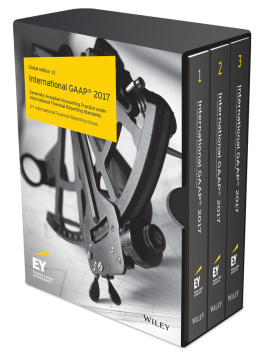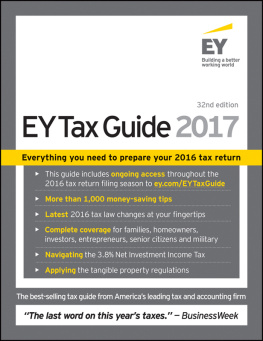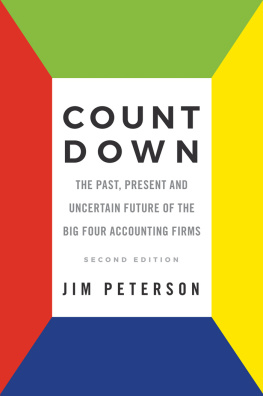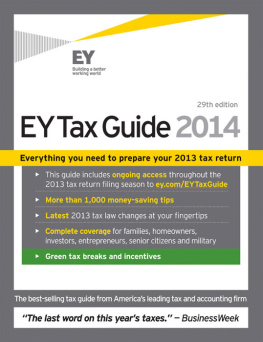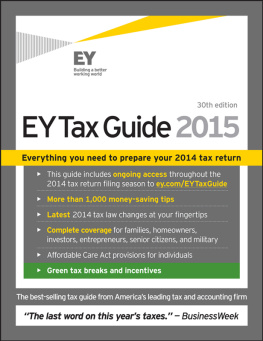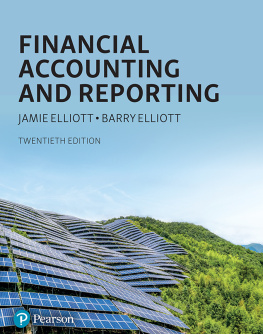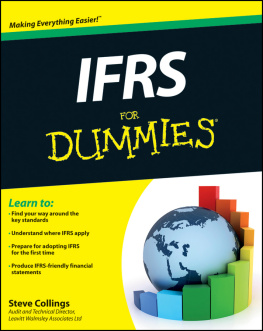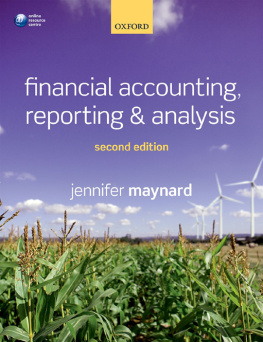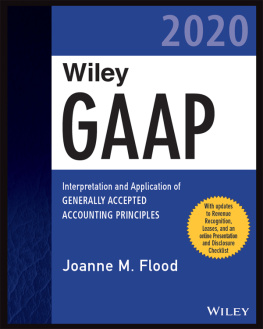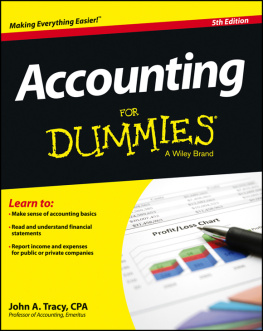Ernst - International GAAP 2017: Generally Accepted Accounting Principles Under International Financial Reporting Standards
Here you can read online Ernst - International GAAP 2017: Generally Accepted Accounting Principles Under International Financial Reporting Standards full text of the book (entire story) in english for free. Download pdf and epub, get meaning, cover and reviews about this ebook. year: 2017, publisher: Wiley, genre: Romance novel. Description of the work, (preface) as well as reviews are available. Best literature library LitArk.com created for fans of good reading and offers a wide selection of genres:
Romance novel
Science fiction
Adventure
Detective
Science
History
Home and family
Prose
Art
Politics
Computer
Non-fiction
Religion
Business
Children
Humor
Choose a favorite category and find really read worthwhile books. Enjoy immersion in the world of imagination, feel the emotions of the characters or learn something new for yourself, make an fascinating discovery.
- Book:International GAAP 2017: Generally Accepted Accounting Principles Under International Financial Reporting Standards
- Author:
- Publisher:Wiley
- Genre:
- Year:2017
- Rating:5 / 5
- Favourites:Add to favourites
- Your mark:
International GAAP 2017: Generally Accepted Accounting Principles Under International Financial Reporting Standards: summary, description and annotation
We offer to read an annotation, description, summary or preface (depends on what the author of the book "International GAAP 2017: Generally Accepted Accounting Principles Under International Financial Reporting Standards" wrote himself). If you haven't found the necessary information about the book — write in the comments, we will try to find it.
IFRSs, the standards set by the International Accounting Standards Board (IASB), are complex and sometimes obscure. Understanding their implications and applying them appropriately requires something special; and that is why International GAAP 2017 is the essential tool for anyone applying, auditing, interpreting, regulating, studying and teaching international financial reporting. It provides expert interpretation and practical guidance for busy professionals, and includes, in every chapter, detailed analysis of how complex financial reporting problems can be resolved appropriately and effectively. The International Financial Reporting Group of Ernst & Young includes financial reporting specialists from throughout the world. Complex technical accounting issues are explained clearly in a practical working context that enables immediate understanding of the point at issue.
International GAAP 2017 is the only globally focused work on IFRSs. It is not constrained by any individual countrys legislation or financial reporting regulations, and it ensures an international consistency of approach unavailable elsewhere. It shows how difficult practical issues should be approached in the complex, global world of international financial reporting, where IFRSs have become the accepted financial reporting system in more than 100 countries. This integrated approach provides a unique level of authoritative material for anyone involved in preparing, interpreting or auditing company accounts, for regulators, academic researchers and for all students of accountancy.
All aspects of the detailed requirements of IFRS are dealt with on a topic-by-topic basis. Each chapter of International GAAP 2017 deals with a key area of IFRS and has a common structure for ease of use: an introduction to the background issues; an explanation of relevant principles; a clear exposition of the requirements of IFRS; a discussion of the implications in practice and possible alternative solutions available; worked examples; extracts from real company accounts; a full listing of the required disclosures.
an important part to play in the process of promoting consistent, comparable and high quality financial reporting under IFRSs a book that not only provides an analysis of the requirements of the standards and the principles that they expound, but also presents a unique explanation of how the standards should be interpreted and applied in practice. - the Chairman of Trustees of the IASC Foundation
A standard reference work - Financial Times
The definitive guide to financial reporting - The Times
Ernst: author's other books
Who wrote International GAAP 2017: Generally Accepted Accounting Principles Under International Financial Reporting Standards? Find out the surname, the name of the author of the book and a list of all author's works by series.

